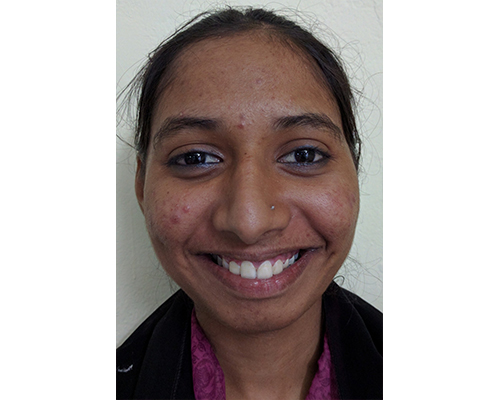Aligners, such as the widely recognized Invisalign system, are an appealing alternative to traditional braces. They are clear, custom-made plastic trays that fit over the teeth and gradually shift them into alignment. Aligners offer several advantages, including removability, aesthetics, comfort, and improved oral hygiene. Patients can easily remove aligners for eating, drinking, brushing, and flossing, providing flexibility and convenience. Aligners are virtually invisible when worn and are made of smooth plastic, ensuring a comfortable experience throughout the treatment process.
Mini implants serve as temporary anchorage devices (TADs) in orthodontic treatment. They are smaller in diameter compared to traditional dental implants, making them easier to place and less invasive. Mini implants require a surgical procedure for placement, and their success depends on factors such as bone quality and patient cooperation. These implants provide additional support and anchorage for tooth movement, particularly in cases where conventional anchorage methods, such as braces or headgear, may not be sufficient.
Fixed functional appliances are orthodontic devices primarily used in growing patients, typically during their teenage years. These appliances aim to address dental and skeletal discrepancies by harnessing the patient’s growth potential. Fixed functional appliances consist of bands or brackets bonded to the teeth, connected by various wires and springs. They apply controlled forces to guide the growth and development of the jaws, improving the alignment of the teeth and achieving facial balance.
The choice among self-ligating braces, aligners, mini implants, and fixed functional appliances depends on several factors, including the specific dental and orthodontic needs of the patient. An orthodontist or dentist will conduct a thorough evaluation to assess the individual case and recommend the most appropriate treatment approach. Their expertise ensures that patients receive personalized care, leading to optimal results in terms of tooth alignment, bite correction, and overall oral health.








